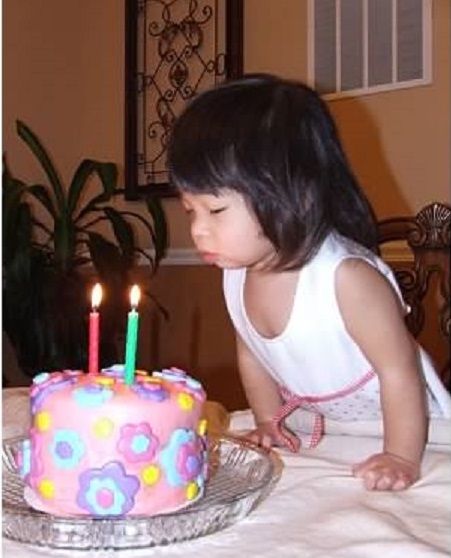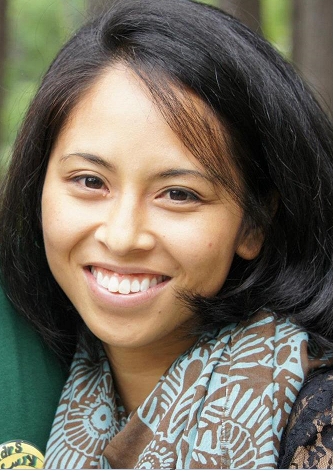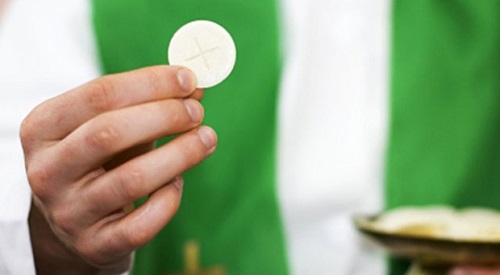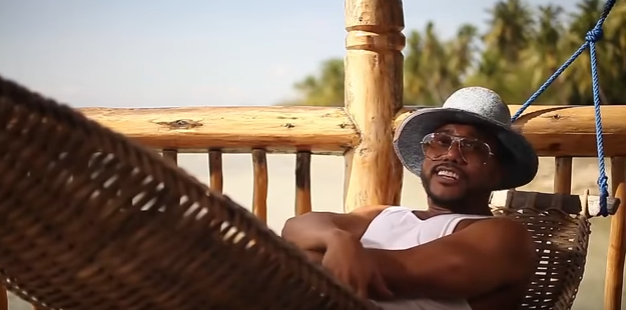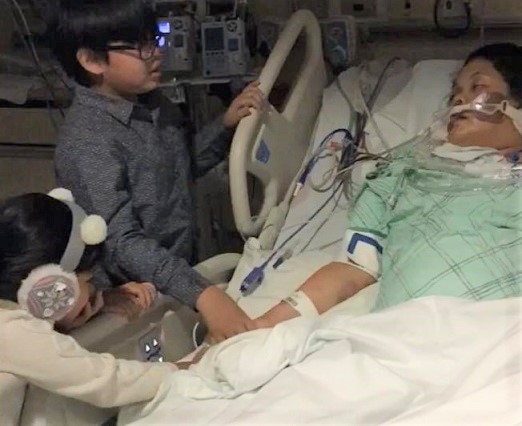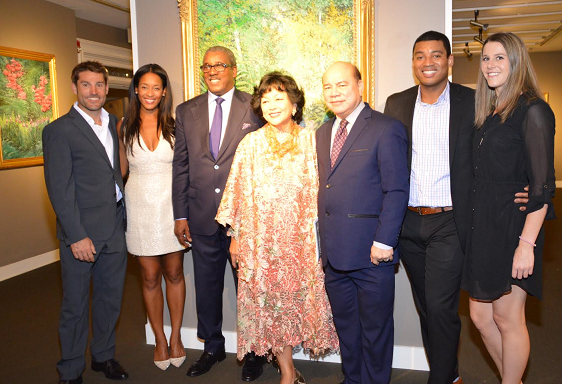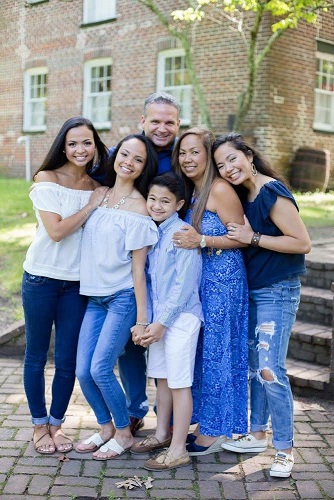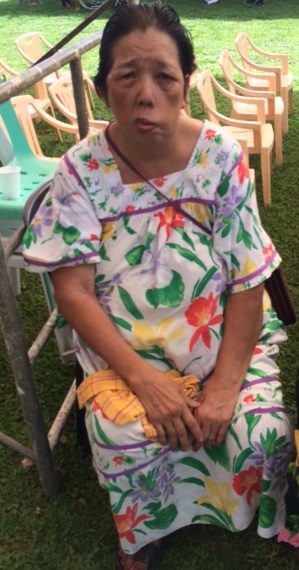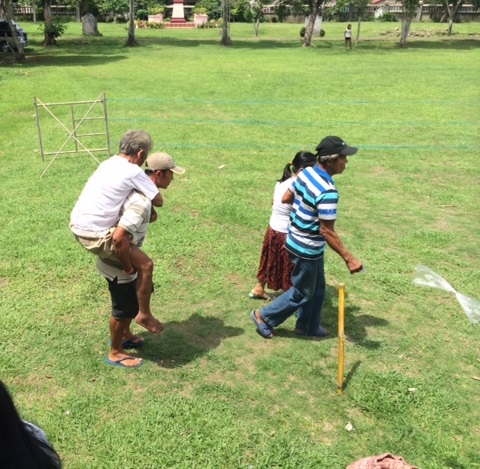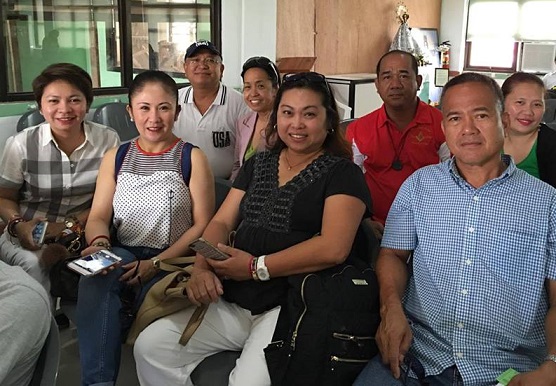I joined a medical mission, was called ‘doktora’ by a grateful patient
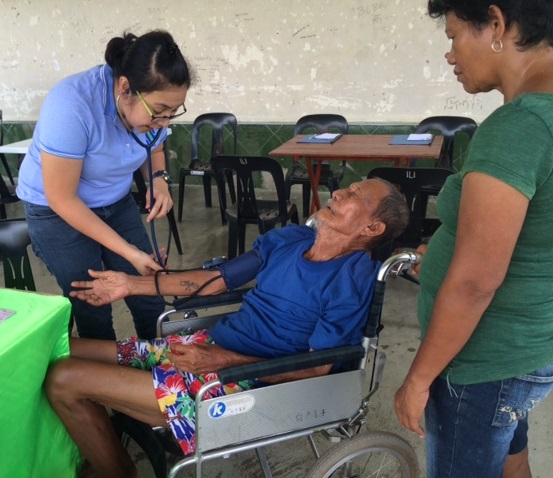
An elderly patient who has not seen a doctor in several years came to the medical mission. The FilAm Photos
By Cristina DC Pastor
As a reporter, I’ve always wondered what happens at Filipino American medical missions. I’ve sometimes heard doctors and nurses talk about being very busy because they are traveling to Ilocos or Samar as part of a “medical mission.”
The cynical part of me thinks it’s an excuse for a tax-break junket, but then the benefit of the doubt thinks I’m being too much of a skeptic.
So when an invitation by Saleaflor Foundation to join a medical mission in Camarines Sur was made, I jumped at the offer. Finally, as I was telling myself, I get to unlock the Mystery of the Medical Mission which some community leaders talk about like they were in pursuit of some Holy Grail.
Saleaflor Foundation was founded by three New York City nurses buoyed by the success of their placement agencies RN Express (for nurses) and Manhattan Employment Services, Inc. (for all health care workers). The nursing executives — Sally Nunez, Lea Batomalaque and Florida Lucas – also founded Saleaflor Entertainment as an events planning company that sponsors musical concerts to support their multiple projects. In 2015, they established Saleaflor Foundation, making it a beneficiary of all their health-focused initiatives.
Bumpy ride
The bus ride from Manila to Naga took anywhere from eight to 10 hours. It was a pleasant, scenic drive that became a streaming visual of everything in my recollection of what I missed about Philippine provinces: the smiling people, the roadside eateries, wet markets abundant with fruits I don’t get to eat in America, sunsets, mountains, river, and old wooden houses. We – about 15 people including six volunteer nurses – stayed overnight at a hotel in Naga before embarking on the final, two-hour bumpy ride to Caramoan town via the sloping mountains between Isarog and Mayon. Our van zig-zagged a narrow roadway that is alternately cemented and unpaved depending, according to the locals, on availability of funds.
The day we arrived at the Residencia de Salvacion resort was a day spent visiting the church where the medical mission would be held. Foundation officers Sally, the CEO; Florida, the VP for Finance; and Lea, the secretary; met with the parish secretary and volunteers to flesh out details and finalize plans for the mission the following day. Tents, tables and banners were inspected. Duties and responsibilities were given out to different groups that included Sally’s relatives visiting from Canada, former classmates in Colegio de Sta. Isabel (now University of Sta. Isabel) , and kindly locals offering to help out. In a medical mission, as I was to find out, every extra hand helps.
Prayers to start the day
The team heard mass at the St. Michael the Archangel church as they began their day seeking blessings for a successful medical mission. As they went out to the parish grounds to carry out their assignments, a long line awaited them. They learned that folks began to arrive as early as three hours before.
I was drawn to Nanny Velasco because of the look of helplessness on her face. Also because she was inside the grounds and not in line. She and her friend pleaded to let them in because 66-year-old Nanny had weak legs that could not endure long hours on her feet. Nanny’s gnarled face bore the effects of a stroke she suffered six years ago. She has not been seeing a doctor regularly because of the high cost. With whatever money she has, she would rather spend it on maintenance medication that would stabilize her blood pressure.
As I was asking a lot of questions about her medical history, she thanked me, “Salamat po, doktora.” It made me smile. I sought an intake volunteer to assist Nanny. One of the doctors gave her prescription meds which she took to the Pharmacy table supervised by foundation officers Lea Batomalaque and Florida Lucas. Nanny may not have found a cure for what ailed her but she was able to face-time a doctor about her condition and why she could not afford to get medical help. The doctor gave information on how she could access help from the local health center, and manage her condition with some simple changes in her diet.
There were many patients like Nanny, who came aided by family or kind neighbors. Some came in wheelchairs, others helped along by a pair of caring people who carried them by the arms. I saw a man giving an elderly patient a piggyback lift.
The medical mission — led by six medical doctors, 10 nurses, two dentists, two pharmacists, one EKG technician, and dozens of volunteers — listened to the adults and children describe their physical conditions: cannot walk, hard of hearing, shaking hands, continuously losing weight, leg wound won’t heal, not to mention the conditions common among Filipinos, such as diabetes, high blood pressure, and high cholesterol. It also offered dental services, including teeth extractions. Three nurses traveled with the team from the U.S.: Weng Alba of Bellevue Hospital and Joeralin Lim of Amsterdam Nursing Home in New York; and Ann Moreno of Kaiser Permanente in California. Also part of the mission was Saleaflor administrator Alex Alejandrino who was in charge of security and logistics.
The mission saw as many as 800 patients way until 8 p.m., from a projection of about 500 people. The first 500 were given goodie bags containing rice, canned goods and coffee. Those who did not receive food bags were given pairs of slippers and baby products courtesy of Sally’s friend Mayet Zurbano. It was a fairly organized operation where the flow of traffic began with the intake table and ended at the Pharmacy station. Patients holding numbers waited patiently for their turn at the doctor’s table. They were fed porridge and rice cake. At least a dozen people were taken to the examination room for near-fainting conditions or EKG tests
For a first-time medical mission it went well and the foundation officers were pleased. Sally thought there were “lessons learned,” like having wheelchairs available for people who cannot be on their feet for long hours.
“There should also be an ambulance available,” she said. The next time the foundation embarks on another medical mission, she said, “there should be more people.”

